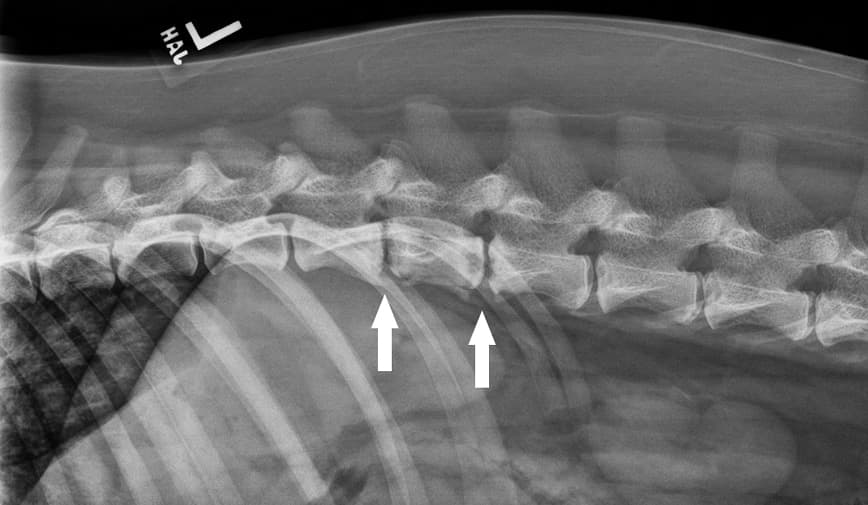The Utrecht Pattern represents a pivotal advancement in surgical methods concerning uterine incisions. Initiated in 1976, this technique has significantly influenced how surgical incisions on the uterus are approached, especially emphasizing the healing process and the minimization of post-surgical complications.
The Utrecht Pattern Methodology
The Utrecht Pattern is distinguished by its one-layer closure technique, where the incision’s cut edges are meticulously approximated. This method involves the strategic placement of sutures, spaced widely apart, to induce the incision edges to fold inward. Such folding promotes an effective seal at the peritoneal surface of the incision, thereby facilitating a more streamlined healing process. The precision in suturing is critical to ensuring that the healing occurs optimally, with the edges of the incision closely aligned to prevent any gaps or misalignment that could impede recovery.
Benefits of One-Layer Uterine Closure
Employing a one-layer closure as advocated by the Utrecht Pattern offers numerous benefits.
- Primarily, it simplifies the suturing process, reducing the time and complexity involved in closing uterine incisions;
- Moreover, by enabling the incision edges to fold and seal effectively, it significantly lowers the risk of infection and other post-operative complications;
- This technique has proven to enhance the healing process, resulting in fewer incidences of scarring and adhesion formation, thus promoting better outcomes for patients undergoing uterine surgery.
Historical Context and Development
The Utrecht Pattern emerged in 1976 as a revolutionary approach to suturing techniques in uterine surgeries. Its development was driven by the need for a method that could ensure reliable healing of uterine incisions while minimizing potential complications. Over the years, this pattern has been subject to various studies and clinical trials, each corroborating its effectiveness and efficiency in surgical practice. Its enduring relevance underscores the importance of innovation and evidence-based practices in surgical methodologies.
Advancements in Surgical Healing
The introduction of the Utrecht Pattern in surgical practices marks a significant leap forward in the field of medical surgery, particularly in the treatment and management of uterine incisions. This technique’s emphasis on a one-layer closure method has paved the way for advancements in how surgical incisions are approached, prioritizing patient recovery and reducing the likelihood of post-operative complications.
The meticulous design of this suturing pattern demonstrates the critical intersection of precision and innovation in medical practices, setting a benchmark for future surgical methodologies.
Impact on Post-Operative Recovery
The adoption of the Utrecht Pattern in uterine surgeries has had a profound impact on post-operative recovery. By facilitating a more natural and efficient healing process, patients experience a quicker return to health with diminished pain and discomfort. This method’s ability to reduce the incidence of infection and minimize scarring offers a significant improvement in the quality of post-surgical care.
The Utrecht Pattern exemplifies how targeted surgical techniques can lead to better health outcomes, underscoring the importance of continued research and development in medical practices.
Future Directions in Surgical Techniques
Looking ahead, the principles underlying the Utrecht Pattern hold promise for inspiring further innovations in surgical techniques. As the medical community continues to seek methods that offer improved healing, reduced complications, and enhanced patient satisfaction, the foundational ideas of the Utrecht Pattern provide a valuable template.
The ongoing evolution of surgical practices will likely draw from this technique’s successful application, exploring new ways to apply its core concepts to a broader range of surgical interventions. The future of surgery appears bright, with the Utrecht Pattern serving as a cornerstone for innovation and patient-centered care.
Key Highlights of the Utrecht Pattern
- Innovative Closure Technique: The Utrecht Pattern introduces a one-layer closure method, simplifying the surgical process while ensuring effective healing;
- Enhanced Healing Process: By closely approximating the cut edges of the incision, this technique facilitates natural and efficient healing, reducing the risk of complications;
- Strategic Suture Placement: Wide placement of sutures encourages the edges to fold inward, creating a robust seal at the peritoneal surface and minimizing infection risks;
- Evidence-Based Success: Since its inception in 1976, various studies and clinical trials have validated the Utrecht Pattern’s effectiveness in improving surgical outcomes;
- Surgical Efficiency: The simplicity of the technique not only speeds up the surgical procedure but also contributes to a smoother post-operative recovery, enhancing patient satisfaction;
- Reduced Post-Operative Complications: By minimizing gaps and misalignment at the incision site, the Utrecht Pattern significantly lowers the likelihood of post-surgical infections and scarring;
- Future Surgical Innovations: The principles of the Utrecht Pattern offer a foundation for future advancements in surgical techniques, promising continued improvements in patient care and surgical efficacy.
Technological Integration in Utrecht Pattern Application
The integration of advanced technologies has significantly bolstered the efficacy and precision of the Utrecht Pattern in surgical procedures. Innovations such as robotic surgery and high-definition imaging systems have provided surgeons with enhanced visibility and control during operations. This technological synergy has not only streamlined the application of the Utrecht Pattern but also minimized human error, leading to more consistent outcomes. Moreover, the advent of artificial intelligence (AI) in surgical planning allows for personalized surgery plans, optimizing the suturing process based on individual patient anatomy.
As technology continues to evolve, its integration into surgical practices promises to further refine the Utrecht Pattern’s application, potentially expanding its use beyond uterine surgeries to benefit a broader range of surgical interventions.
Global Adoption and Cultural Considerations
The global adoption of the Utrecht Pattern highlights its universal applicability and effectiveness across diverse healthcare systems. However, the integration of this surgical technique into various countries has also brought to light the importance of cultural considerations in medical practices. For instance, resource availability, surgical training standards, and patient expectations differ significantly around the world. Adapting the Utrecht Pattern to fit the constraints and cultural norms of different regions requires not only the translation of instructional materials but also customized training programs that respect local practices.
Furthermore, understanding patient perceptions and beliefs about surgical interventions is crucial for ensuring acceptance and optimizing post-operative care. As the medical community works towards wider adoption of the Utrecht Pattern, fostering cultural competence among practitioners will be key to its successful global integration.
Patient Education and Empowerment
Patient education plays a pivotal role in the pre- and postoperative phases of surgeries employing the Utrecht Pattern. Educating patients about the nature of the technique, its benefits, and what to expect during recovery can significantly impact their experience and satisfaction. Effective communication helps demystify the surgical process, reducing anxiety and empowering patients to participate actively in their recovery. Additionally, offering resources on pelvic health and the importance of follow-up care encourages patients to engage with their healing process actively, leading to better outcomes.
The development of patient-centered educational materials, including multimedia resources and interactive sessions, can enhance understanding and engagement. As healthcare continues to move towards a more patient-centered model, the emphasis on education and empowerment surrounding the Utrecht Pattern and similar techniques will be crucial for fostering positive patient experiences and outcomes.
Conclusion
Since its inception, the Utrecht Pattern has stood as a testament to surgical innovation, offering a reliable and effective technique for the closure of uterine incisions. Its one-layer closure method not only streamlines the suturing process but also significantly enhances the healing outcome for patients. As such, the Utrecht Pattern remains a valuable contribution to the field of surgery, exemplifying the continuous pursuit of improved patient care through methodological advancements.



